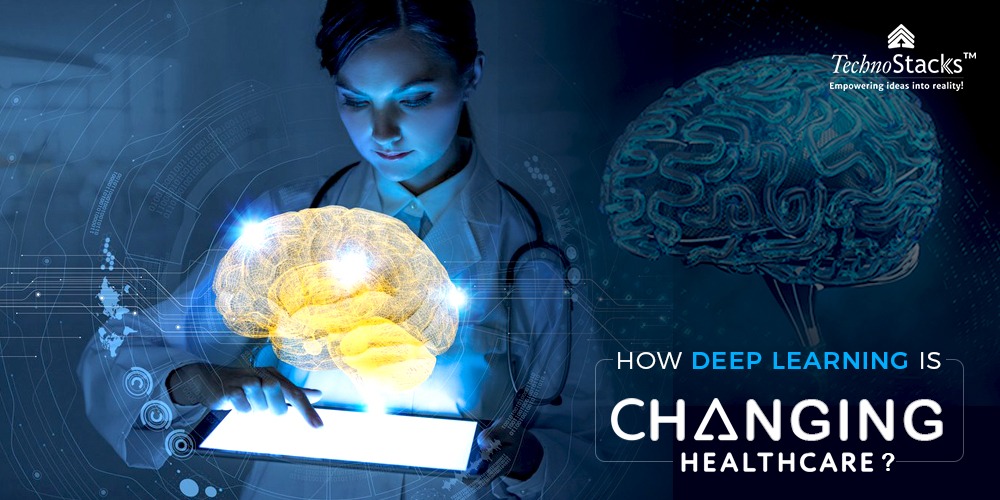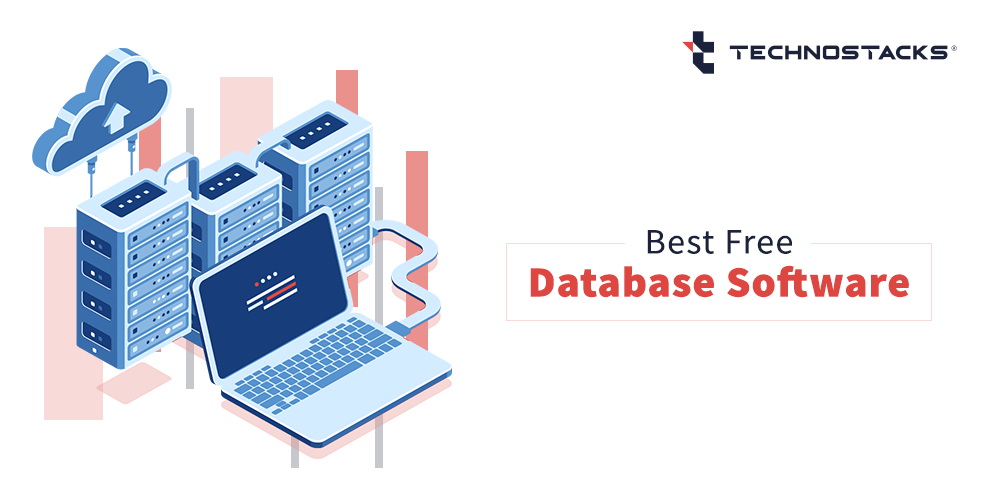Benefits Of Deep Learning In Different Healthcare Spheres
Deep learning is a part of the machine learning family. It is based on data learning representations and methodologies. In deep learning, there are three major classifications. They are supervised deep learning, unsupervised deep learning and semi-supervised deep learning. Deep learning is mainly used in recognizing speech, natural language processing, computer visions, social media networks, medical analysis, the design of the drug, bioinformatics, machine translations, game programs on board, and inspection of materials.
Data learning gets its inspiration from the processing of information and communication in medical nervous systems. The properties of data learning differ in structures and functionalities that make them incomplete. For example, the human brain. Each human brain is unique and differs in structure and functioning.
Deep learning in health care
To find out how deep learning can be used in healthcare, we must first look into the health care treatments offered by deep learning. So, Deep learning in health care is used to assist professionals in the field of medical sciences, lab technicians and researchers that belong to the health care industry.
Deep learning in health care helps to provide the doctors, the analysis of disease and guide them in treating a particular disease in a better way. So, the medical decisions made by the doctors can be made more wisely and are improving in standards.
Deep learning in various spheres of health care
- Genomics – Deep learning technique is used to understand a genome and helps the patients undergoing treatment to get an idea about the disease that might affect them in the future. Genomics is a field which is steadily growing, and deep learning runs to have an excellent future with the help of insurance industries. Deep learning techniques are used to make medical field researchers and doctors fast and more accurate.
- Cell scope – A Cell scope uses deep learning technology and it also helps the parents to keep monitoring the health conditions or the health status of their children. This technology can be seen on any devices and decreases the visits of parents to hospitals or health care centers to see their children or consult the doctor.
- Insurance fraud – Deep learning is used in the analysis of medical insurance claim fraud. Deep learning uses a technique known as predictive analysis which can predict the fraud claims that are likely to happen in future. Deep learning helps the insurance industry to send offers and discounts to the target patients.
- Medical imaging – There are a few techniques involved in the medical industry such as CT scan, ECG, MRI etc. that are used to diagnose harmful diseases. The harmful diseases include brain tumor, heart attacks, cancer, and many others. Hence, deep learning can be used to consult doctors who analyze the patient’s disease and provide them with good treatment.
- Discovery of drug – Data learning helps in medicine discovery and is also used in developing them. A patient’s medical history is analyzed, and treatment is given according to the analysis. By the deep learning in health care, we can gain insight from the patient’s tests and reports and disease-related information regarding the symptoms.
- Alzheimer’s disease – It is one of the most crucial challenges that medical industry clients are facing currently. Deep learning is used here to detect Alzheimer’s disease at its initial stage itself, making it more convenient for doctors to treat.
Deep learning solutions in health care and other industries
In deep learning, there are various hidden patterns and chances in helping doctors to treat their patients well. Machine learning, artificial intelligence has gained a lot of attention over the past few years. Now even deep learning has created its own path in this field and is steading growing in the market. Industries like health care, travel, and tourism, finance, retail and textiles, manufacture, health etc are relying on deep learning directly or indirectly. The first priority of any individual in today’s modern world is his or her health.
So, the health industry is one such platform that implements some technologies like deep learning for fulfilling their needs. Medical experts try to find various ways of implementing new technologies. These technologies must provide an impactful result for a better future. Deep learning puts together a bulk of data that included records of the patients, medical reports, personal data, insurance reports etc. for providing them with better treatment for a good outcome.
Current and future directions in health care and medical domains
Insights into deep learning in health care current and future applications are evident and can be clearly observed. Some of them are:
-
- On gaining knowledge from complex, heterogeneous and high-dimensional bio-medical information, remains a challenge in transforming the health care industry. Different types of data are emerging in the modern world of medical sciences. Issues faced in imaging, sensor text, sensor data, electronic records etc. are solved by using deep learning algorithms. Deep learning makes the un-structured and complex examples into successful representations. The latest technology of deep learning provides new and efficient paradigms in obtaining the end to end learning models for complex data types.
- Usage of electronic health records (EHR) promises to advance clinical research and better inform the decision-making skills clinically. Modern electronic health records can prevent the practice of predictive modeling by summarizing and representation. Patients who achieved results based on electronic health record data and an alternative feature learning strategy are being successful. From various research’s we can straight away say that deep learning framework arguments decision systems in the clinical environment.
- Food and drug administration have finally approved the plasminogen activator streptokinase and urokinase and therapy can no longer be an approach for treating the thrombosis disease. Deep learning is used in treating acute peripheral arterial thrombosis and embolism along with acute coronary thrombosis.
- Deep learning is a family of many computational methods that allow any algorithm that programs itself by using a learning method from a large set of examples that demonstrate the desired behavior. As an application of this method, there is a further assessment and validation to medical imaging.
- Deep learning trained algorithms have some outcomes and measures. The specificity and the sensitive nature of the algorithm in detecting reference diabetic retinopathy (RDRs) can be defined as moderate and also as the worst ones. So deep learning trained algorithm was evaluated at two operating points which are selected from a development set out of which one handles high specificity and another one handles high sensitivity thereby providing better results.
- Electronic health recorder or EHR with predictive modeling Dara is anticipated to solve personalized health quality in medicine. So, for constructing predictive statistical method, we require extraction of curated predictor variables from EHE data that is normalized and a process that discards the majority of information in each patient’s record.Deep learning after using this representation can be capable of predicting multiple medical events from various medical centers without any site-specific data harmonization. Data learning approaches can be used to create an accurate and scalable prediction for a variety of sceneries regarding clinical resources. In deep learning, neural networks can be used for identifying relevant information from the patient’s chart and records.
- Data learning algorithms are convolutional networks that have become a methodology by choice. They are being used to analyze medical images. Deep learning can further be used in medical classification, segmentation, registration, and various other tasks.Deep learning is used in areas of medicine like retinal, digital pathology, pulmonary, neural etc. Deep learning is a steadily developing trend in the field of data analysis and has also been named one of the 10 breakthrough technologies in the year 2013. Deep learning is an advancement of artificial neural networks which consist of more layers at higher levels of abstraction.There is an improvement in the predictions from the data developed using deep learning algorithms. Deep learning is emerging as a very important machine learning tool in imaging, convolutional neural networks, computer domains vision etc.
- Health informatics is emerging as a domain of interest among researchers all over the world. Therese researchers owe the majority of the implications on society. Right from the prediction of a disease to providing personalized services to patients, applications in deep learning range. Biomedical data in the health care industry has gained knowledge about many applications based on techniques followed by deep learning.
- The health care field of modern era comprises various strategies that are of national importance owing to their spectrums of reach to individuals or society. We have earlier witnessed the advancements in machine learning and artificial intelligence technologies applied in various domains. Among all the domains, health care is in the primary focus of deep learning and machine learning researchers and experts of the industries owing to the veracity of data availability and high volumes.
- The increase of health care sectors is being characterized by large data sets from clinical management systems. This provides a choice for any application of deep learning approaches on health care data sets, which may be sparse.
Benefits of deep learning
There are various benefits of deep learning in the health care industry. Some of them are:
- Deep learning learns the important relationships in your data and records the information about past clients which can be used a future reference for the patients with similar symptoms or diseases.
- Deep learning allows us to create a model-based on whatever source of data available when you require a risk score upon administration other than discharge.
- Deep learning provides accurate and timely risk scores which enable the confidence and approximate allocation of resources.
- Deep learning approaches lead to lower costs and provide improved outcomes.
- When the deep learning algorithms interact with the training data, they become more precise and accurate allowing individuals to gain unprecedented insights into care processes, variability, and diagnostics.
- Graphics processing units or GPU’s are getting more efficient to energy and are becoming faster.
- Innovation is exploding as we now use deep learning algorithms at a fraction of the past costs and so algorithms are getting sophisticated.
- Electronic health records or EHR and other digitization efforts are giving health care data the access to use trained algorithms than ever before.
- Diagnostics are being more accurate and faster through deep learning which identifies patterns by connecting the tools.
- Deep learning can determine whether the skin lesions are cancerous just like any other board certificated dermatologist.
Conclusion
Based on all the analysis done to deep learning by the different researchers, it is clear that deep learning can be an element for translating biomedical data into improved human health care. On the other hand, the latest advancements in deep learning technologies provide new useful and effective paradigms to prove the end to end learning models for uncertain and complex data structures.








